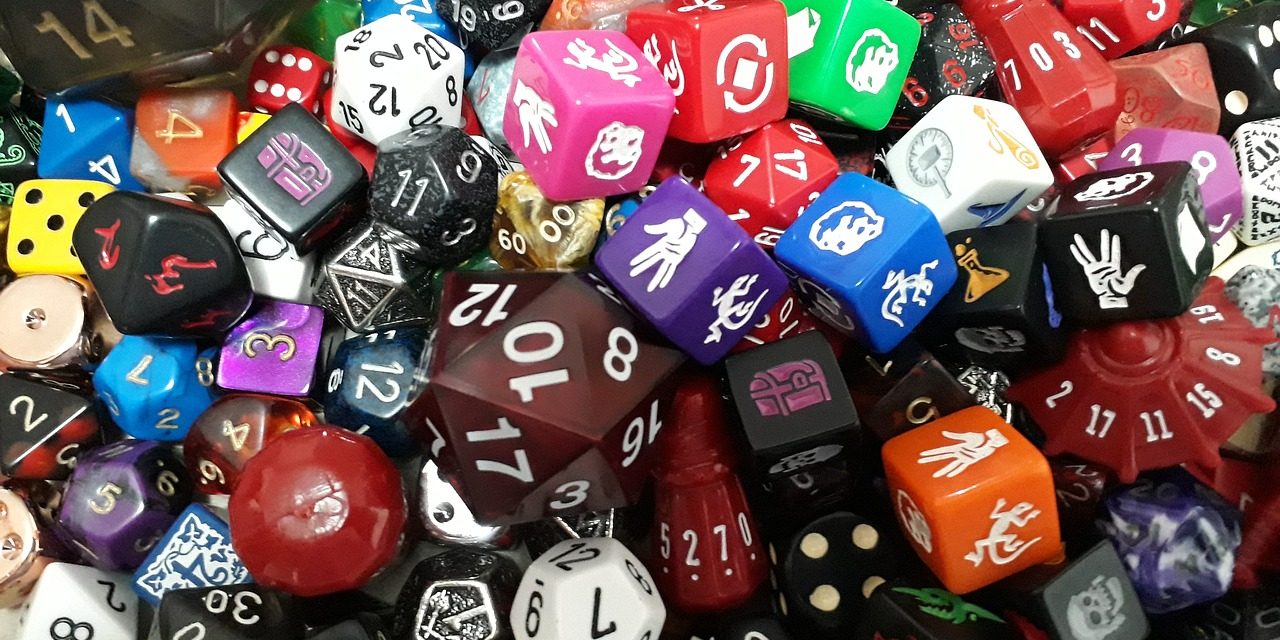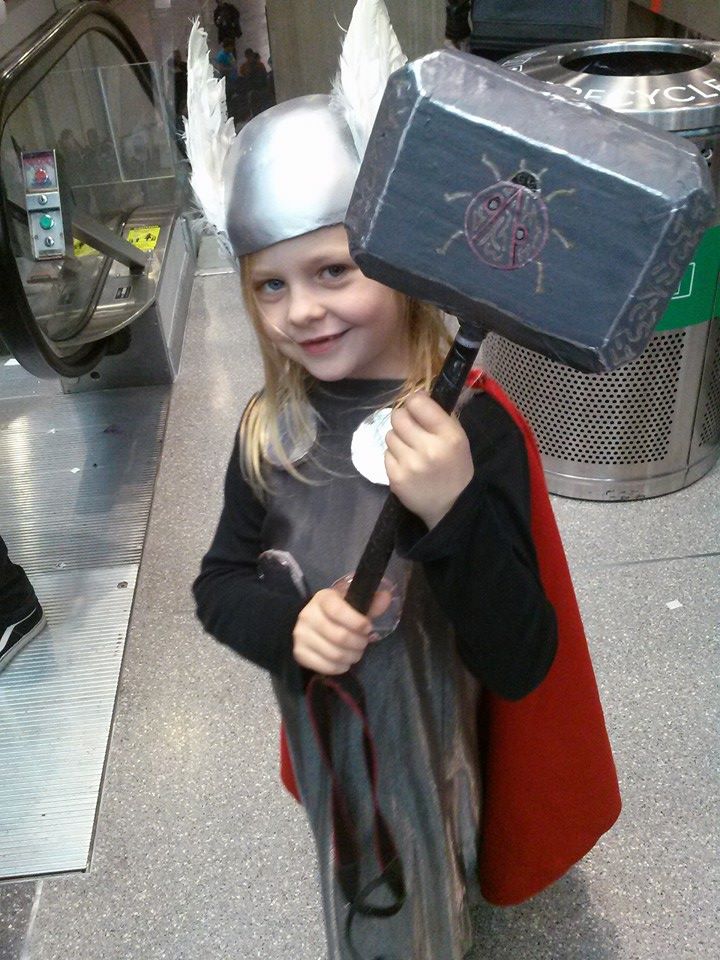A little over a week ago, I had the privilege of attending Metatopia 2017 in Morristown, New Jersey. Encouraged by a number of people in the New England gaming community, I had been told Metatopia was a convention with a relaxed atmosphere; a unique environment where designers debuted works-in-progress to obtain feedback about upcoming games. Much to my delight, Metatopia was exactly as advertised. It’s a small-but-growing professional convention where gaming is the focus that offers a glimpse into new and exciting products soon to be released to the larger public.
The Metatopia Experience
For those familiar with fandom-specific conventions, where attendees are free to visit panels or performances on impulse, the Metatopia model might seem a bit unusual. Convention events are divided into two types: gaming sessions and panels, and attendees must register to attend these events individually. They can do this by booking slots through the website prior to the convention, or by registering onsite if a particular panel or gaming session still has room. This method requires some forethought on the part of attendees, but means there are virtually no lines to deal with, and very little congestion in public areas. Some pick-up gaming does occur in and around the gaming hall, but a well-published schedule ensures that everyone knows which tables are in-use and when free tables will need to be vacated for incoming groups.
Though Metatopia is explicitly gaming-focused, it differs from other gaming conventions in that emphasis is on playtesting, rather than promotion. Each gaming session is designed to encourage specific feedback for games in development, and attendees registered solely as playtesters receive a reduced cost of admission.
Games debuting at Metatopia may appear at varying levels of completion, from alpha tests with handmade materials, to freshly produced nearly finalized products, as designers attempt to work out the kinks in their designs. Certain sessions, called hi-tests, are also reserved for game designers to give professional feedback on products to others in their field. Attendees not registered as game designers with the convention may attend hi-tests, but designers get first priority when attempting to fill those slots.
Atmosphere
Because of the more professional nature of the convention, gaming tables tend to be more cohesive overall as most attendees are experienced gamers, regardless whether they’re registered as designers or playtesters. This is particularly beneficial to designers debuting in-development games at the convention, as it increases the quality of feedback they may receive, as well as creates a more pleasant gaming experience overall. Another advantage is that the wide variety of games presented allows both designers and playtesters to experience new and groundbreaking techniques in a multitude of game design mediums, making the convention itself a valuable tool in determining trends in cutting edge design.
Despite Metatopia’s relaxed atmosphere, the convention is well-organized and convention staff is friendly, approachable, and extremely helpful. There are a few minor changes that could be made to perfect their system (better signage to help locate certain areas of the con, and longer breaks between events are two suggestions), but very little requires improvement. Events are divided into specific tracks: panels, tabletop roleplaying games, board games, and larps, and games are given two-hour time slots to complete playtesting. This allotment is usually reasonable, though certain larp and tabletop games may require more time to complete a successful playtest by design, thus may find the two-hour window limiting.
Cutting Edge Game Design
I participated in three larps, two tabletop games, and one board game over the course of the weekend, and attended four panels. Of the panels, the one I found most interesting was “Difficult Fun: Designing Games on Difficult Topics” hosted by Shawn Roske, Elsa Henry and Vicki Bloom. The panel was intimate and hosted more like a roundtable discussion, where the audience and panelists discussed ways to incorporate complicated and sometimes taboo topics into their game design with respect and sensitivity.
The lone board game I managed to play during the course of the weekend was David Joria’s Ravenspurn Abbey. Based on the delightfully overwrought gothic novels of the 18th century, Ravenspurn Abbey has players take on the role of novel’s protagonist while attempting to solve the mystery of whether terrible rumors about Byronic hero Baron Ravenspurn are true. A bit like a gothic novel version of Clue, players create a “board” from several decks of cards, then move game pieces from card to card, rolling dice to obtain information and gain effects. Even with five people, the game was quick-moving, charming, and a great deal of fun.
Of the two tabletop games I played, one was a hi-test and still in development, the other, Writers, Retreat!, by Alex Tully, was quite probably the highlight of my weekend. Billed as a “story driven, survival horror roleplaying game,” Writers, Retreat! has one of the most unique resolution mechanics I’ve seen in quite some time. Players are given randomized laminated cards with three sentences printed on each, then encouraged to find a word in each sentence which describes an action their character would like to take in the game. Point values toward success are given based on whether the word is a noun, verb or adjective, and multiple words–one from each sentence–can be combined to create compound sentences to increase point totals.
When players used a word to describe a character action, they used a dry erase marker to black out every word in that sentence except the one utilized, a la blackout poetry. This meant players had to be extremely creative with their characters’ actions, which led to a more entertaining and richer gaming experience overall. Of all the games I played, Writers, Retreat! was also the one I felt needed the least amount to tweaking before going to production. I am now eagerly awaiting news of their upcoming Kickstarter announcement.
LARPs at Metatopia
The majority of larps presented at Metatopia are designed in the American Freeform style, though the three larps I played were all very different in concept and tone. I began the weekend with Jacqueline Bryk’s Wight Wedding, a melodrama-comedy larp about friends and family attending the wedding of a ghost to a mortal, which was several shades of lighthearted soap opera. Bryk’s streamlined character creation system, where players mixed and matched character motivations and traits from a short list of choices, was an incredibly clever way to give characters solid motivations without overthinking, yet still allowed for a range of player individuality.
Avital Lubin’s American Housewives larp, is one of the games I felt suffered due to the limited amount of time based on the two-hour slot available to designers. American Housewives is a game about feminism and social change set concurrently over three years in the 1960s, and food plays a large part in its construction. It is designed as a three-act structure around dinner courses with an epilogue (dessert), and by its nature, the game needs players to take time to savor each course. It was obvious, from the brief amount of time I played, it’s meant to deal with deeply emotional subjects that require adequate time to be weighed and considered properly.
This isn’t a criticism of the game itself–I very much enjoyed American Housewives and felt it was a game with a great deal of promise that had several important things to say–but found it hard to give the topics presented the respect they deserved with the constant pressure of the clock ticking down. I would very much like the opportunity to play American Housewives again, with enough time to let the gameplay flow naturally, and without the need to rush through each of the courses to meet an imposed deadline.
My most active larp was Jeff Dieterle and Eric Mersmann’s My Jam, loosely inspired by Kieron Gillen’s Phonogram comic series. As players, we portrayed teenage phonomancers–magicians empowered by particular types of music–attending a high school dance. As expected, music plays a big part in the design and mechanics, and characters are grouped into “covens” based on musical styles that encourage cooperative play. Individual characters have particular songs that, when played, allow them and other members of their coven to perform magical effects. At the end of the dance a “Dance Monarch” is crowned, who is then able to execute an even more elaborate effect.
Networking
Despite the number of games I played, there was still a fair amount of downtime, which was best utilized by connecting with designers and playtesters in an informal atmosphere.
I participated in a number of enthusiastic conversations about the nature of game design, its particular challenges, and various other aspects of the gaming industry over the course of the weekend.
All of these conversations occurred spontaneously, often during mealtimes, scheduled breaks or while waiting for events to begin. The lobby of the Morristown Hyatt, where the convention is held, is the social hub of Metatopia, and a particularly good spot for meeting like-minded individuals.
There is a great deal of knowledge to be tapped at Metatopia. It is an excellent resource for both veteran and up-and-coming designers to gain valuable insight into their products, as well as a source of limitless inspiration for those considering designing their first game. Metatopia’s relaxed, intimate setting makes it ideal to connect with others who share similar gaming philosophies, allows access to a wide variety of quality games that might otherwise be overlooked at larger conventions. If you’re on the fence, I strongly suggest you consider attending.





